In-App Purchases Explained for Your Product
In today's mobile world, in-app purchases (IAPs) are a powerful tool for monetizing your app and offering users a rich, flexible experience.
But navigating the world of IAPs can seem complex, especially with different options for iOS in Apple Store and Android in Google Play.
In this blog post, we'll try to shed light on the process and help you choose the best approach for your mobile app.
What Are In-App Purchases?
IAPs allow users to purchase digital goods and services directly within your app.
This can include anything from one-time purchases like new levels in a game to subscriptions for ongoing access to premium features and to unlocking new features, content or functionalities.
Understanding IAP Options
There are several ways to structure your in-app purchases, allowing you to cater to different user preferences:
One-time purchases (Non-consumable): Offer permanent access to features, like a new level in a game or a special filter for a photo editing app. These are great for content that users will enjoy repeatedly;
Subscriptions (Non-renewing): Provide access to content for a limited period, such as a season pass for exclusive game content or a monthly subscription to unlock premium articles in your news app;
Auto-renewable subscriptions: This is the most popular option, allowing users to pay a set fee for continuous access to features or content, like ad-free music streaming or monthly delivery of new game levels. Subscriptions automatically renew unless the user cancels them.
Important Note: While Google Play allows filtering content based on whether it requires a purchase (free vs. paid), Apple's App Store currently doesn't offer this functionality.
Important Aspects for IAPs
Platform Detection: Your app will need to identify whether it's running on iOS or Android to handle purchases accordingly.
For example, you might offer a special one-time purchase for an exclusive character on the iOS version of your game, while providing access to the same character through a level-up system on the Android version;
Content Labeling: For a smoother user experience, consider labeling content as "free" or "premium" within your app. This is especially important for iOS users who can't filter content by purchase option.
You can think about a language learning app offering free basic lessons and a "premium" tier that unlocks advanced grammar exercises and personalized learning plans.
In-App Currency: Both platforms allow you to create virtual currencies within your app that users can purchase with real money. This can be a great way to incentivize smaller purchases and encourage users to spend more time in your app.
Here you can take the example of a well-known mobile game where users can buy gold coins to upgrade their characters or purchase power-ups.
Trials & Free Periods: Offering free trials or limited-time access to premium features can be a great way to entice users to subscribe or make in-app purchases. This allows them to experience the value proposition before committing financially.
If you're targeting both iOS and Android users, a service like RevenueCat can simplify IAP management. It synchronizes subscriptions across platforms, ensuring a seamless experience for users who switch devices. For instance, a user who subscribes to your app on their iOS device can continue to access their subscription and perhaps progress if they switch to an Android device.
The Convenience Cost: Revenue Share
Like you would expect, both Apple and Google take a cut of your in-app purchase revenue to cover the cost of infrastructure and payment processing.
Here's a simplified breakdown for different business models:
Digital Product Businesses (such as games): Expect a 30% cut from both stores on app sales and in-app purchases (except subscriptions).
Subscription Businesses (such as fitness apps or language learning): Apple takes a 30% cut in the first year and then 15% thereafter, while Google follows a similar structure.
Physical Goods Businesses (food delivery or ride-hailing are good examples): You get to keep 100% of the revenue on both the App Store and Google Play Store.
Reader App Businesses (such as news and audiobooks): Neither Apple or Google will take a cut of your sales.
There are also some exceptions and special rates for businesses that qualify for Apple's Small Business Program (commission to 15 per cent for small businesses earning up to $1 million per year) and for e-book and music streaming companies on the Google Play Store (although the rules are not yet known and eligibility is on Google’s discretion)
Ready to Have IAPs?
In-app purchases offer a powerful and versatile way to monetize your mobile app and provide users with a richer experience. There are more rules and exceptions than presented above, but they do represent the important part when it comes to in-app purchases.
By understanding the different options you have, platform-specific considerations, and revenue share models, you can craft a sustainable strategy that keeps your users engaged and your business thriving.
However, you don’t need to understand them yourself completely. We can guide you through the entire IAP process, from choosing the right features to monetize to navigating the intricacies of each app store's policies.
With our 100% acceptance rate, we take care of submitting your apps to stores, manage it for you and even help your app grow with ongoing maintenance & support (if you give us a message today, you’ll have an answer in maximum 24h if it’s a business day).


